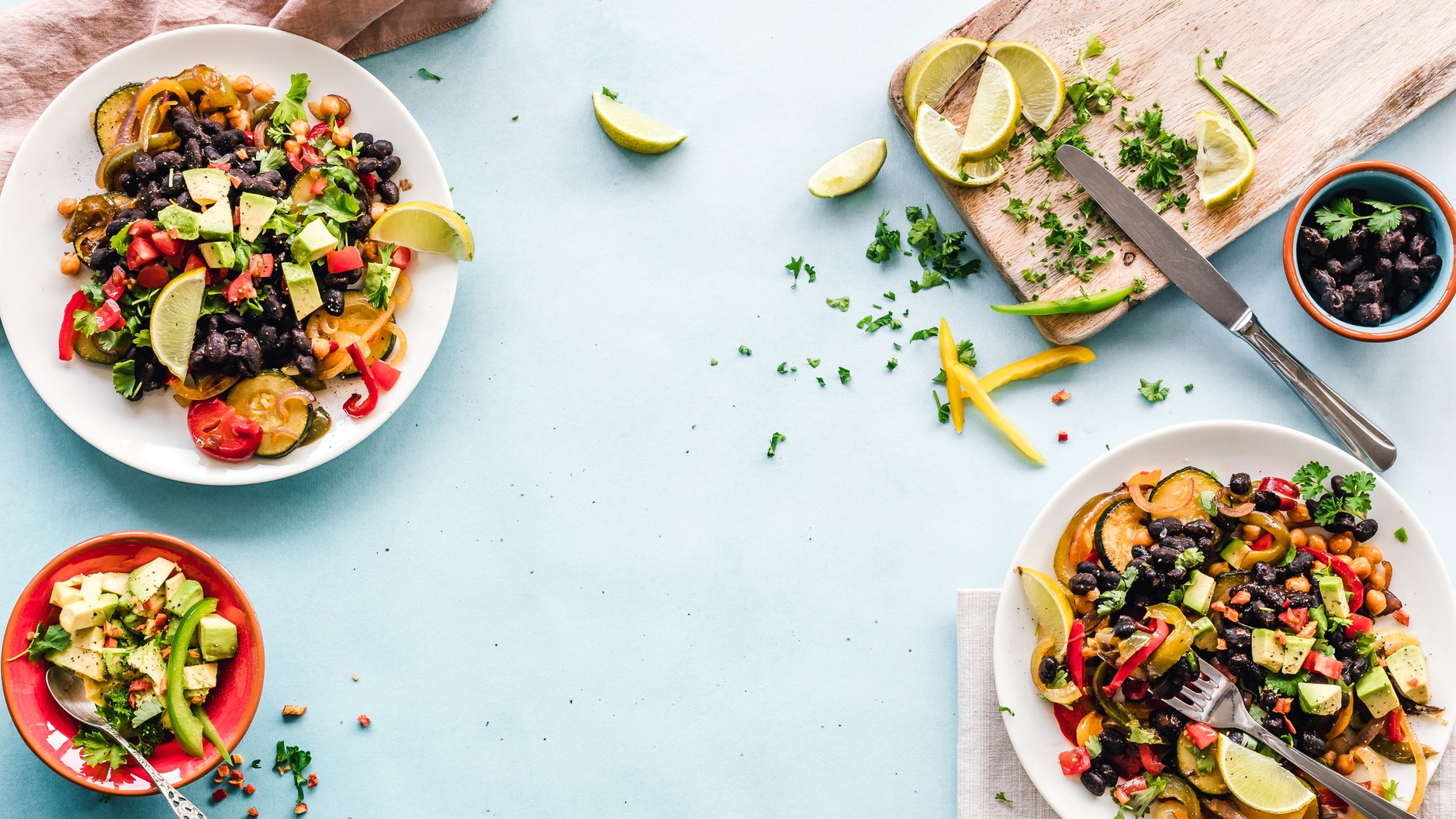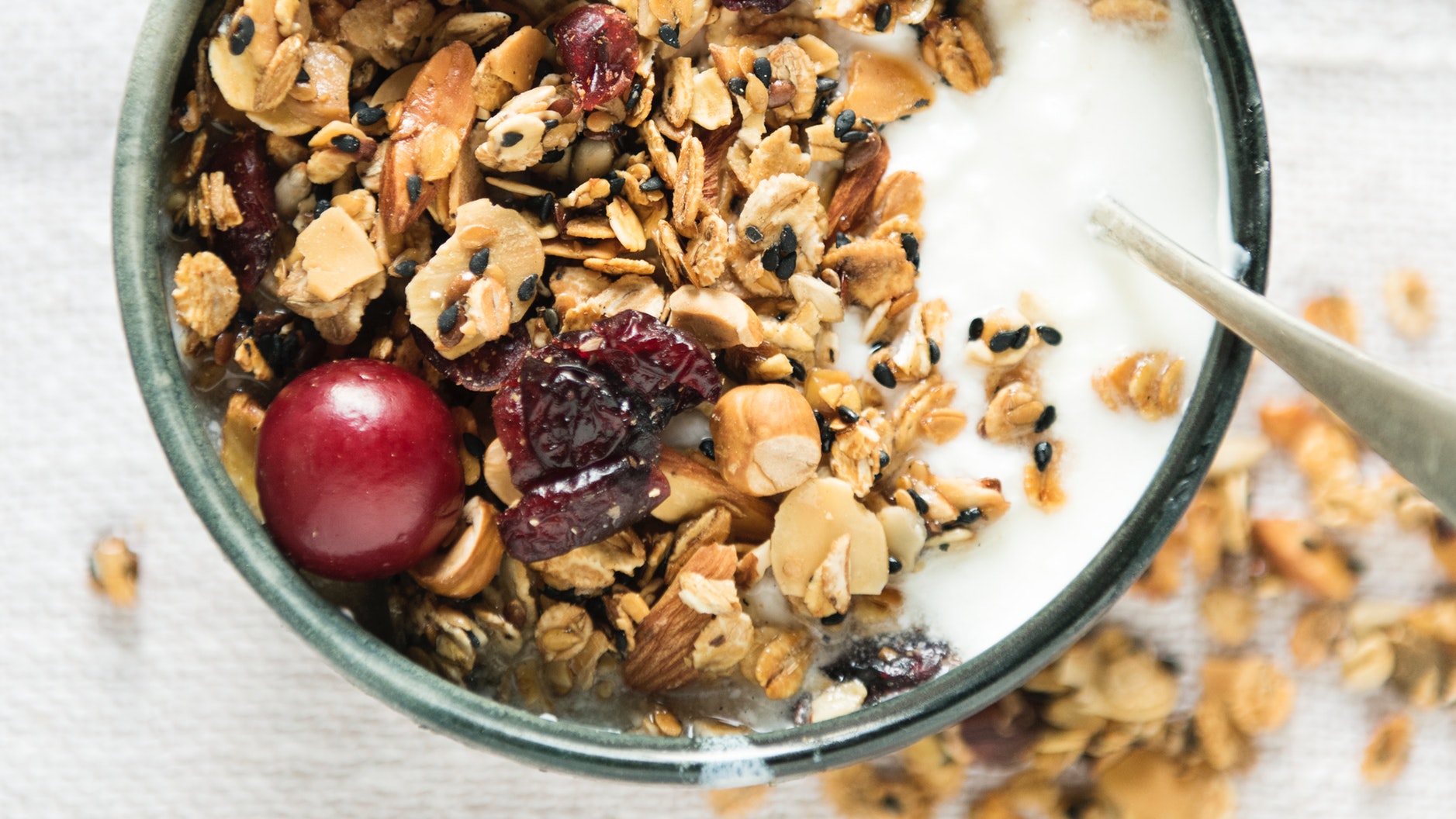A low-carb diet is one of the more popular plans for losing weight. How effective is it? Does it work for everybody? Is a low-carb diet plan to lose weight sustainable for steady weight loss and healthy weight maintenance?
Read on to find out more.
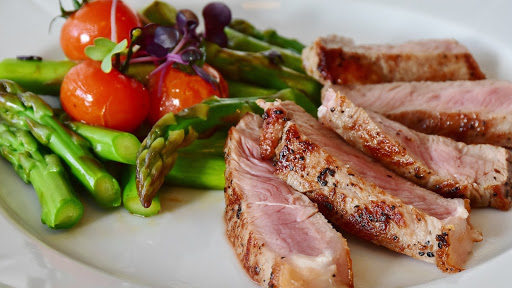
What is a Low-Carb Diet?
A low-carb diet limits consumption of foods with high amounts of carbohydrates, such as pasta, bread, grains, and starchy vegetables and fruits. A low-carb diet plan to lose weight or maintain weight is complemented by a high intake of foods rich in protein and fat.
There are different types of low-carb diets depending on what types of carbohydrates are restricted and how much carbs are allowed.
A low-carb diet plan is normally the special diet required for the maintenance of type 2 diabetes. It is also typically followed by those who want to lose weight, or individuals who want to shift the focus of their eating habits and dietary or nutritional intake.
A Closer Look at Carbohydrates
Carbohydrates are a macronutrient found in a lot of food items and are the most common source of dietary calories for a person’s energy needs.
There are two types of carbohydrates. Simple carbohydrates have shorter chains of sugar molecules and are usually found in table sugar, fructose in fruits, and lactose in milk. Complex carbohydrates have longer chains of sugar molecules and take longer to break down; these are present in beans, flour, and whole grains, among others.
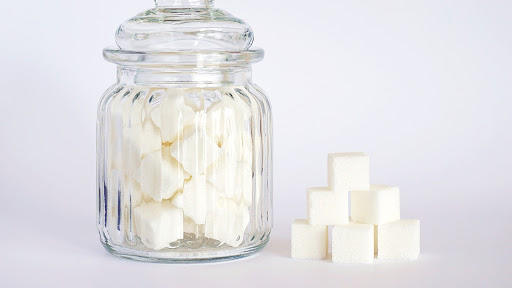
Carbohydrates can also be classified according to their source. Natural carbohydrates are naturally present in unprocessed foods, such as grains, fruits, vegetables, legumes, nuts, seeds, and milk. Refined carbohydrates are added to processed foods like sugar or white flour.
As the body’s main fuel source, carbohydrates are broken down into glucose, which is then absorbed into the bloodstream. When levels of glucose in the blood increase, it triggers the release of the hormone insulin. Insulin facilitates the entry of glucose into cells where they are used for energy. Extra glucose, or glucose that is not used as fuel, is stored in the muscles, liver, and other cells, or is converted into fat to serve as an energy reserve.
With a low-carb diet, glucose levels in the blood are reduced which, in turn also lowers insulin levels. When glucose is not readily available for cells to burn as fuel, the body switches to its stores of fat as a fuel source, and this is how low-carb intake leads to weight loss.
A Standard Low-Carb Diet Plan
For healthy individuals, dietary guidelines in the USA recommend eating 2,000 calories a day and that 45 to 65 percent of daily calories come from carbohydrates. In comparison, a standard low-carb diet normally has a daily carb requirement between 20 and 60 grams (0.7 and 2 ounces), or a daily calorie limit between 80 to 240 calories.
Any low-carb diet plan shifts its focus on increasing intake of proteins and healthy fats and restricts or completely eliminates foods that contain carbohydrates or only those that are high in carbs.
Typical low-carb diet plans are mostly made up of meat, fish, poultry, eggs, and non-starchy vegetables; intake of most grains, breads, pastas, legumes, fruits, and starchy vegetables is limited or completely avoided. Some types of low-carb diets also do not allow or limit nuts and seeds, while others allow limited consumption of specific kinds of fruits, vegetables, and whole grains.
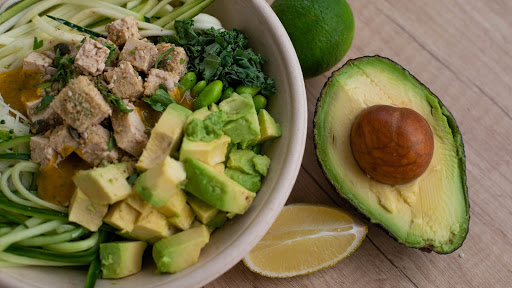
Below are the foods that typically make up a low-carb diet:
- Meat: Beef, lamb, pork, chicken, etc.
- Fish
- Eggs
- Non-starchy vegetables, such as spinach, broccoli, cauliflower, and carrots.
- Non-sugary fruits, such as apples, oranges, pears, blueberries, and strawberries.
- Nuts and seeds, such as almonds, walnuts, sunflower seeds, etc.
- Legumes, such as lentils and black beans.
- High-fat dairy, such as cheese, butter, heavy cream, and yogurt.
- Healthy fats and oils, such as coconut oil, olive oil, fish oil, butter, and lard.
- Water, sugar-free tea, and black coffee.
- Certain tubers may be allowed, such as potatoes and sweet potatoes.
- Some types of grain may be allowed, such as brown rice, oats, and quinoa.
- Dark chocolate may be allowed.
- Dry wines with no added sugar may be allowed.
What to eat in limited amounts or not to eat on a low-carb diet:
- Starchy vegetables.
- Sugar from sodas, fruit juices, candies, ice cream, agave and similar products that contain added sugar.
- Refined grains, such as wheat, rice, barley, rye, bread, cereal, and pasta.
- Trans fats from hydrogenated or partially hydrogenated oils.
- Diet and low-fat products, such as low-fat dairy products, cereals, and crackers which still contain added sugar.
- Highly processed foods

Low-Carb Diet Plan to Lose Weight
To achieve weight loss, a low-carb diet plan must result in a calorie deficit. This means that there are fewer calories than what your body needs to burn for fuel. When there is a calorie deficit, the body taps into its fat stores for energy.
Combining a low-carb diet with increased physical activity further increases the calorie deficit and results in greater weight loss, as the more active body also requires even more calories for energy so it burns more fat, instead.
But most people can simply restrict their calorie intake through a low-carb diet in order to lose weight. If you want to lose 1 to 1.5 pounds a week, your need to eat 500 to 750 fewer calories per day.
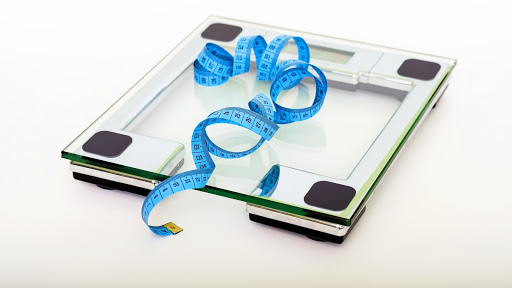
Is a Low-Carb Diet Plan for Weight Loss Sustainable?
Highly restrictive low-carb diets are usually difficult to sustain long-term and, therefore, the weight loss also eventually stops. Additionally, after one or two years of following a low-carb diet plan, the rate of weight loss normally slows down substantially.
A moderately low-carb diet has been shown to be more effective for slow, steady, and continued weight loss because it is easier to commit to long-term. And studies have also discovered that a low-carb diet combined with a high-protein diet can lead to greater and sustained weight loss, and can be more easily adopted as a long-term diet for fitness and health.
This is because increased intake of protein helps curb appetite by keeping you full longer. Additionally, protein can increase metabolism so that you’ll burn more excess fats.

